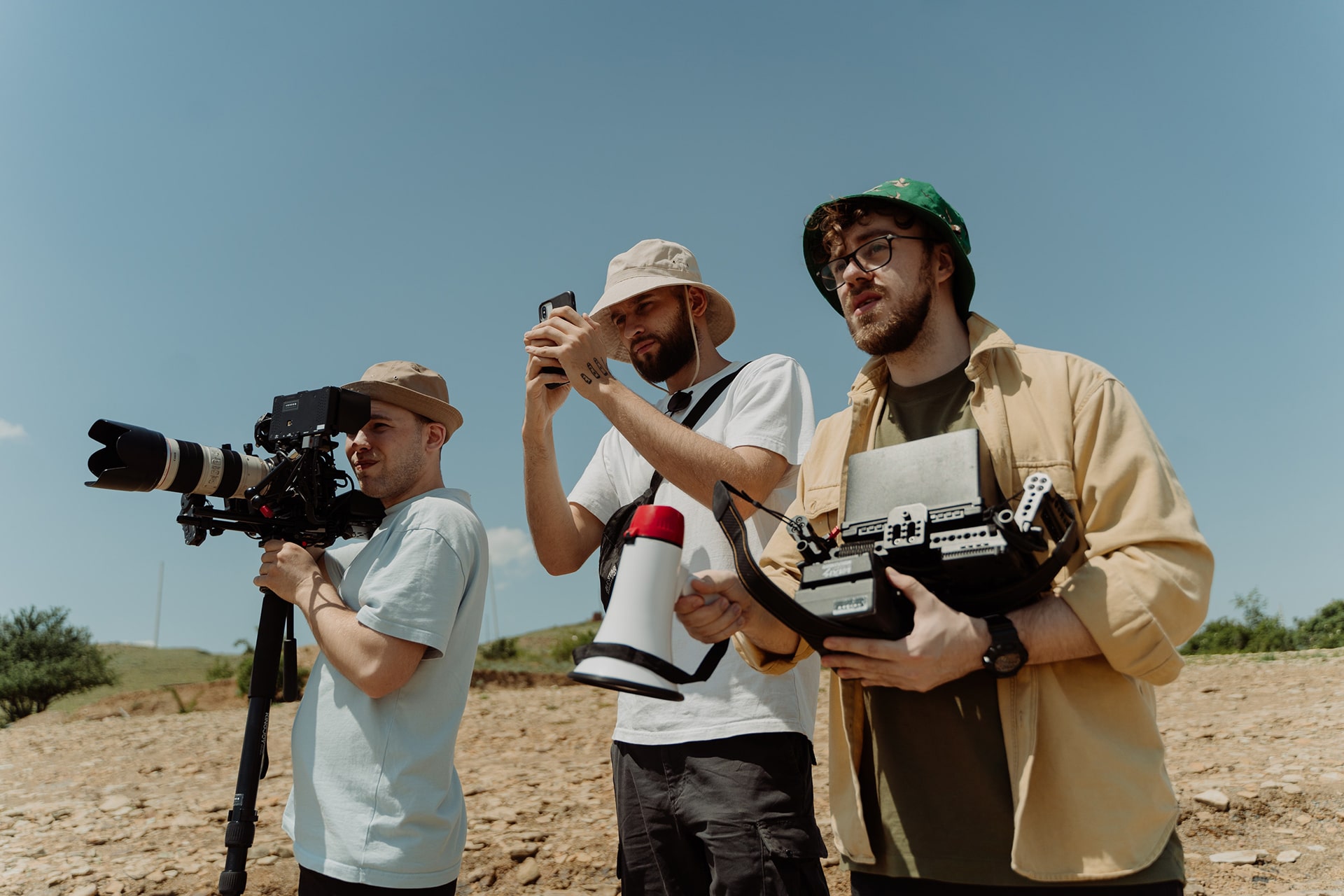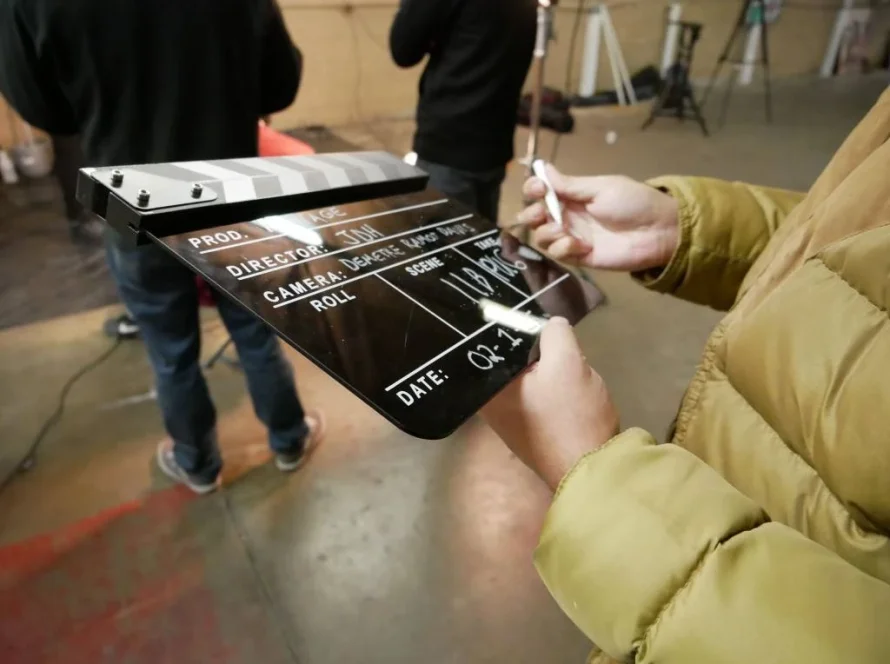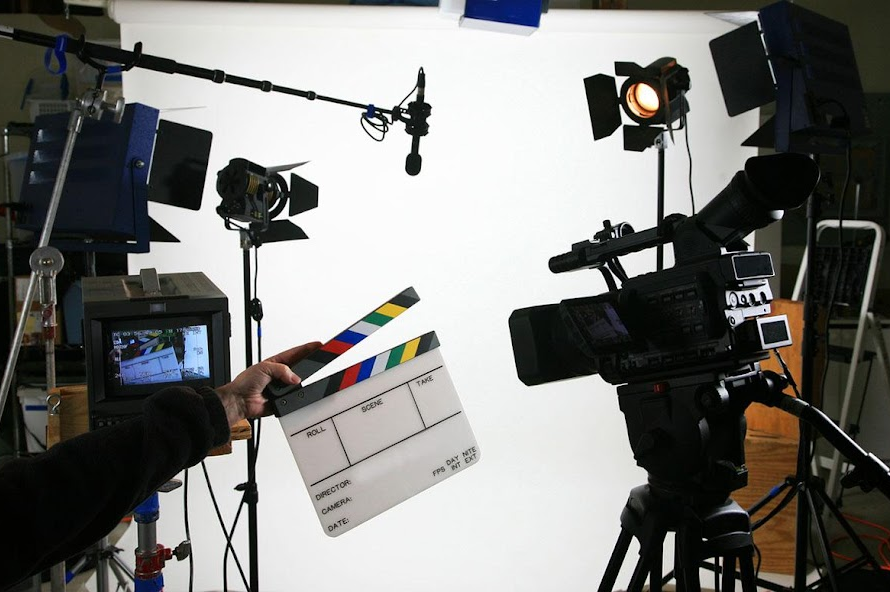Why that line is the sweetest trap on set — and how to avoid it.
If you’ve spent any time on a movie set—big, small, or somewhere in between—you’ve heard it more than once:
“Don’t worry. We can fix it in post.”
It’s comforting. It’s hopeful. It’s dangerous. Full disclosure: I’ve worked on everything from duct-taped micro-budgets to productions that felt “pretty good-sized” (still not Marvel-level, but real sets with real problems). And across the board, the obstacles are the same: a shrinking day, an angry producer, an actor with a flight, a sun that refuses to wait.
The Trap
That little line feels like a life raft when the clock is bleeding hours. But here’s the hard truth:
You can’t fix what you didn’t shoot.
Yes, post-production is powerful. Editors can patch holes, color-grade nightmares into moody masterpieces, and (these days) lean on AI for some slick fixes. But there’s no substitute for coverage, performance, and an emotional beat that actually exists on camera. If the reaction shot, the cutaway, or the close-up never made it into the can, no amount of editing miracles will manufacture the missing heartbeat of a scene.
Ask an Editor
Talk to an editor and they’ll describe a very particular kind of dread: the moment they realize a crucial element is missing. The reaction that ties the sequence together. The line that lands the joke. The close-up that makes the audience believe. That’s when creativity becomes crisis management, and the editor is forced to Frankenstein together the film from scraps.
Post Can Help — But It Isn’t Magic
There are incredible tricks in post, and that toolbox grows every month. But it’s a creatively short list when it comes to real storytelling fixes. You can fix color, tighten pacing, rescue sound—maybe even insert an extra beat with clever cutaways—but you can’t invent genuine coverage or a lived-in performance.
Make the Shooting Days Count
The truth is simple: the film is made on set. The editing room shapes what’s captured, but it can only shape what’s there. Those long, brutal shooting days matter. They are the investment that pays off when the edit comes together. So do everything you can to protect them:
- Plan smarter schedules.
- Prioritize useful coverage on your shot list.
- Rehearse until the performance lives in muscle memory.
- Stay an extra take or two when the gut tells you it’s needed.
Load the editor with options. The more coverage, the more choices, the better the final film. Don’t cut corners because the clock is cruel—that corner will come back to haunt you in the timeline.
I’m Guilty, Too
I’m not preaching from some perfect pedestal. I’ve been the one watching the clock at hour twelve, thinking, “We’ll fix it in post.” I’ve wrapped and slept like a baby—only to lose sleep in the edit bay weeks later. There’s nothing like staring at a timeline and wishing you’d spent one more hour getting the shot right.
If you don’t fix it on set, you’ll be fixing yourself in post.



